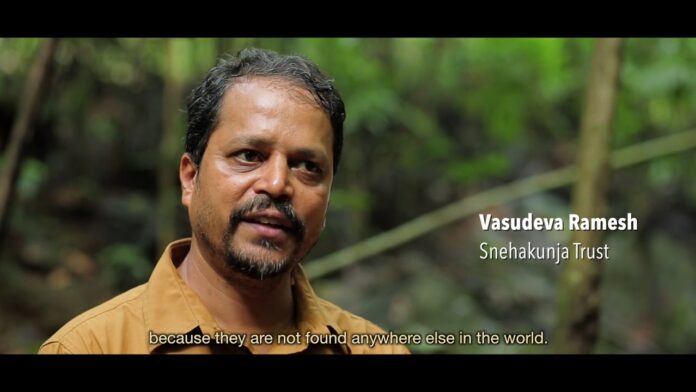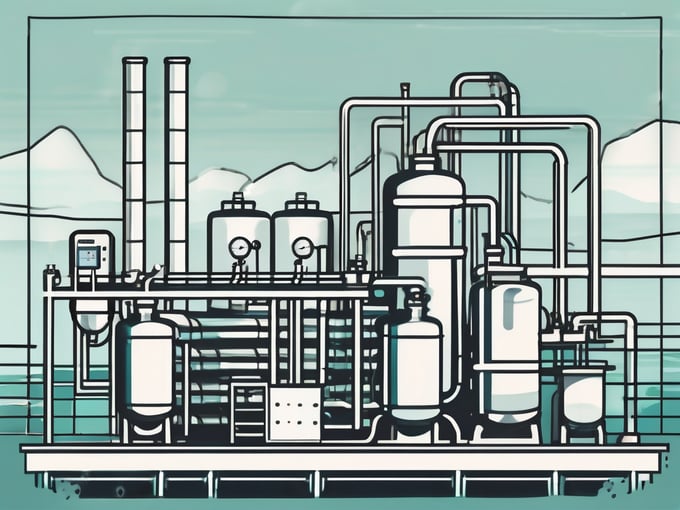Endangered species are those that are at risk of extinction due to various factors such as habitat loss, poaching, and climate change. The loss of these species not only has a negative impact on the ecosystem but also on human livelihoods. As such, it is crucial to protect and conserve endangered species to ensure their survival and the health of our planet. In this blog post, we will discuss the importance of conserving endangered species, current conservation efforts, challenges faced in conservation, success stories, and the future outlook for conservation efforts.
Introduction
Conserving endangered species is a critical issue that needs immediate attention. According to the International Union for Conservation of Nature (IUCN), more than 27,000 species are currently threatened with extinction, including mammals, birds, amphibians, reptiles, fish, and plants. This number continues to rise due to human activities such as deforestation, pollution, and overexploitation of resources.
The loss of biodiversity not only affects the survival of individual species but also has a ripple effect on the entire ecosystem. Each species plays a unique role in maintaining the balance of an ecosystem. For example, the disappearance of pollinators like bees and butterflies can have a devastating impact on plant reproduction and food production. It is essential to understand the importance of conserving endangered species and take action to protect them.
Importance of conserving endangered species

The conservation of endangered species is crucial for maintaining biodiversity, which refers to the variety of living organisms in a particular area. Biodiversity is essential for the functioning of ecosystems and provides humans with various benefits, including clean air and water, food, medicine, and even cultural and spiritual values. Conserving endangered species can help prevent the loss of biodiversity and maintain a healthy environment for all living creatures.
Moreover, many endangered species play a significant role in ecological processes. For instance, predators help regulate the populations of their prey, and herbivores control plant growth and distribution. The loss of these species can have cascading effects on the entire ecosystem, leading to imbalances and potential collapse.
Furthermore, many endangered species have unique genetic characteristics that can be beneficial for human use. For example, some rare plants may have medicinal properties, and some animals may have genes that can help develop new treatments for diseases. By conserving these species, we can ensure that future generations have access to these valuable resources.
Current conservation efforts

There are various conservation efforts in place to protect endangered species. Governments, non-governmental organizations (NGOs), and individuals all play a role in these efforts. Some of the current conservation efforts include:
Protected areas
Protected areas such as national parks, wildlife sanctuaries, and nature reserves are designated to preserve habitats and species. These areas provide a safe haven for endangered species to live and thrive without human interference. They also serve as important research sites for scientists to study and monitor species populations.
Breeding and reintroduction programs
Breeding and reintroduction programs involve the captive breeding of endangered species in zoos and conservation centers and releasing them into the wild once they are ready. This is done to increase the population of endangered species and reintroduce them into their natural habitat. These programs have been successful in saving species like the black-footed ferret and the California condor from extinction.
Wildlife trade regulations
The illegal wildlife trade is a major threat to many endangered species. To combat this issue, international regulations such as the Convention on International Trade in Endangered Species (CITES) have been put in place to control and monitor the trade of endangered species and their products.
Habitat restoration
Habitat destruction is one of the primary reasons for the decline of many species. To combat this issue, conservationists work towards restoring degraded habitats by planting native vegetation, removing invasive species, and establishing protected areas.
Challenges faced in conservation
Despite the efforts being made to protect endangered species, there are many challenges that make conservation a difficult task. Some of these challenges include:
Lack of funding
Conservation efforts require significant financial resources, which can be a challenge for governments and NGOs. Many conservation projects rely on donations and grants, and when these sources of funding are limited, it can hinder conservation efforts.
Poaching and illegal wildlife trade
Poaching and the illegal wildlife trade continue to be major threats to endangered species, especially those with valuable body parts such as rhinos and elephants. This poses a challenge for conservation efforts as it is difficult to monitor and control illegal activities in remote areas.
Human-wildlife conflict
As human populations grow, they encroach on natural habitats, leading to conflicts with wildlife. In some cases, this results in the killing of endangered species as they are seen as a threat to human safety or livelihoods.
Climate change
Climate change is a significant threat to all living beings, including endangered species. Changes in temperature and precipitation patterns can affect the distribution and abundance of species, making it challenging for them to survive. It also leads to habitat loss, making it difficult for endangered species to find suitable places to live.
Success stories in endangered species conservation
Despite the challenges, there have been many success stories in endangered species conservation. These success stories serve as inspiration and motivation for continued conservation efforts. Some notable examples include:
The bald eagle
The bald eagle was once on the brink of extinction due to hunting and the use of toxic chemicals like DDT. However, through conservation efforts such as habitat protection and the banning of DDT, their population has rebounded, and they were removed from the endangered species list in 2007.
The southern white rhinoceros
In the early 1900s, the southern white rhinoceros was on the verge of extinction, with only about 50 individuals remaining. Through conservation efforts such as anti-poaching measures and translocations to safer areas, their population has now increased to over 20,000.
The black-footed ferret
The black-footed ferret was once considered extinct in the wild until a small population was discovered in Wyoming in 1981. Through captive breeding and reintroduction programs, their population has now reached over 300 individuals in the wild.
Future outlook for conservation efforts
While there have been some successes in endangered species conservation, there is still a long way to go. Here are some key strategies that can help improve future conservation efforts:
Education and awareness
Education and awareness are crucial in promoting the conservation of endangered species. By educating people about the value of biodiversity and the impact of human activities on the environment, we can inspire more people to take action and support conservation efforts.
Stakeholder involvement
Involving local communities, governments, NGOs, and other stakeholders in conservation efforts can help promote sustainable practices and ensure the long-term success of conservation projects. This collaboration can also help address challenges such as poaching and human-wildlife conflict.
Sustainable development
Unsustainable development practices such as deforestation and overexploitation of resources are major threats to endangered species. By promoting sustainable development practices, we can protect natural habitats and reduce the negative impact on endangered species.
Use of technology
Technology such as satellite tracking and remote sensing can help monitor endangered species and their habitats, making it easier to identify threats and take necessary actions. Additionally, advancements in biotechnology can aid in captive breeding and genetic research, which can benefit conservation efforts.
Conclusion
The conservation of endangered species is vital for maintaining biodiversity and the health of our planet. It requires a collaborative effort from governments, NGOs, and individuals to achieve long-term success. While there are challenges in conservation, there have also been many success stories that serve as motivation for continued efforts. By educating and involving stakeholders, promoting sustainable practices, and utilizing technology, we can work towards a future where endangered species are no longer at risk of extinction. It is our responsibility to protect and conserve these species for the sake of our planet and future generations.









